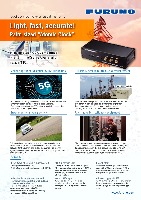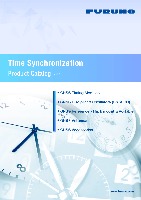GPS/GNSS Modules
Field Time Sync Generator Model TB-1
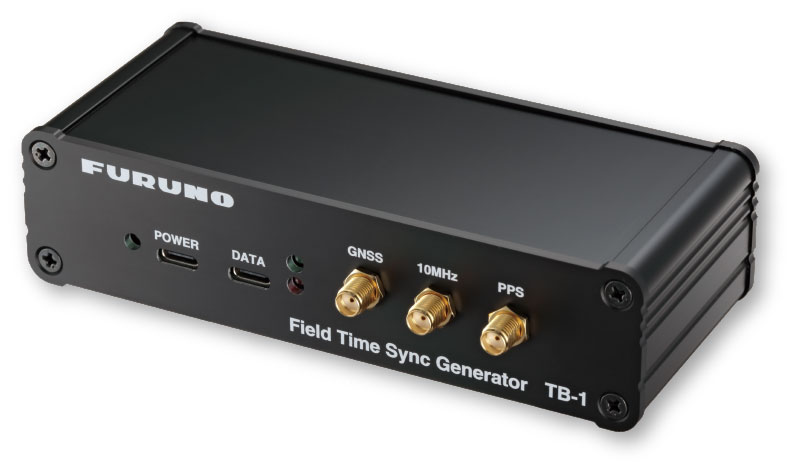
Just connect to your usual instrument.
Light, fast, accurate! Palm sized “Atomic Clock”
With an embedded high precision OCXO, TB-1 is designed as a portable GNSS reference signal generator for RF system maintenance and R&D in the field.
It provides a 1 pulse per second (1PPS) and a 10MHz reference frequency, both synchronized with UTC, which can be used in digital broadcast, 5G and V2X system field testing for time synchronization and frequency measurement purposes.
Documents, Software

 Quote Request Form for GNSS Timing Products
Quote Request Form for GNSS Timing Products
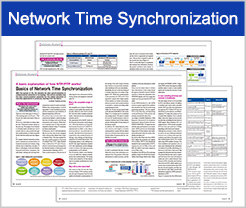 (Article) Basics of Network Time Synchronization
(Article) Basics of Network Time Synchronization
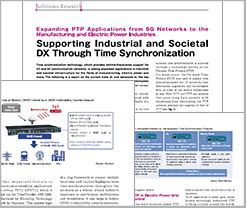 (Article) Supporting Industrial and Societal DX Through Time Synchronization
(Article) Supporting Industrial and Societal DX Through Time Synchronization

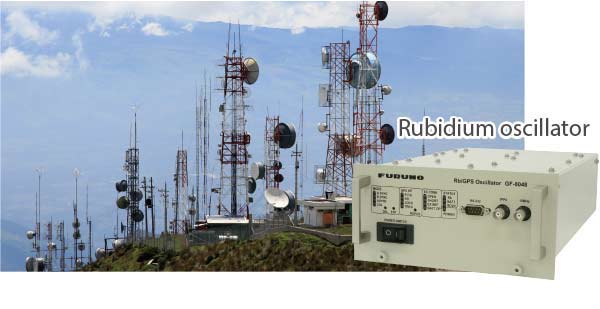



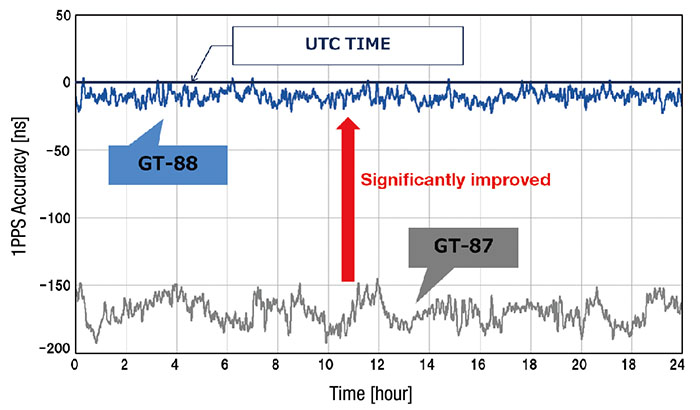
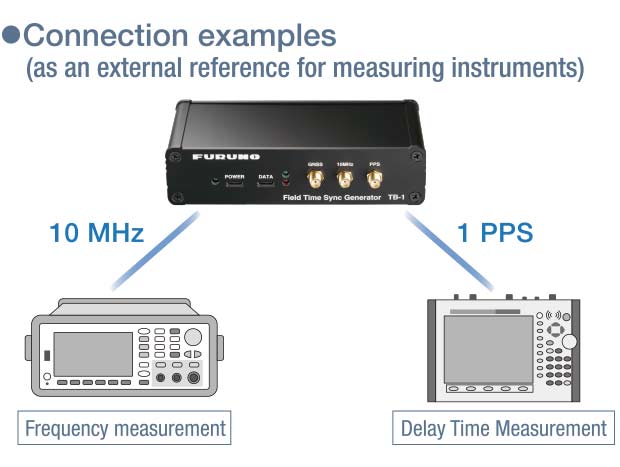
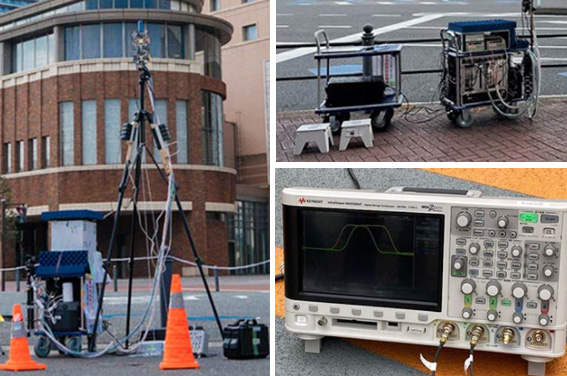

 Please fill out the quote form and our staffs will respond to you shortly.
Please fill out the quote form and our staffs will respond to you shortly.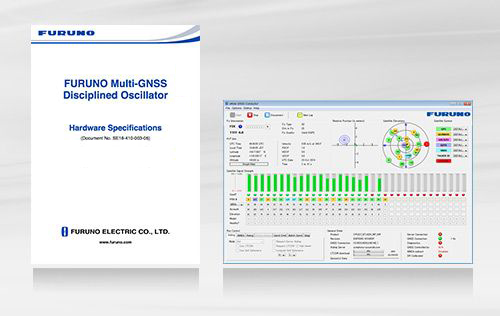 Download documents and software related to this product and other GPS/GNSS products (Specifications document, Drivers and Monitor software).
Download documents and software related to this product and other GPS/GNSS products (Specifications document, Drivers and Monitor software).